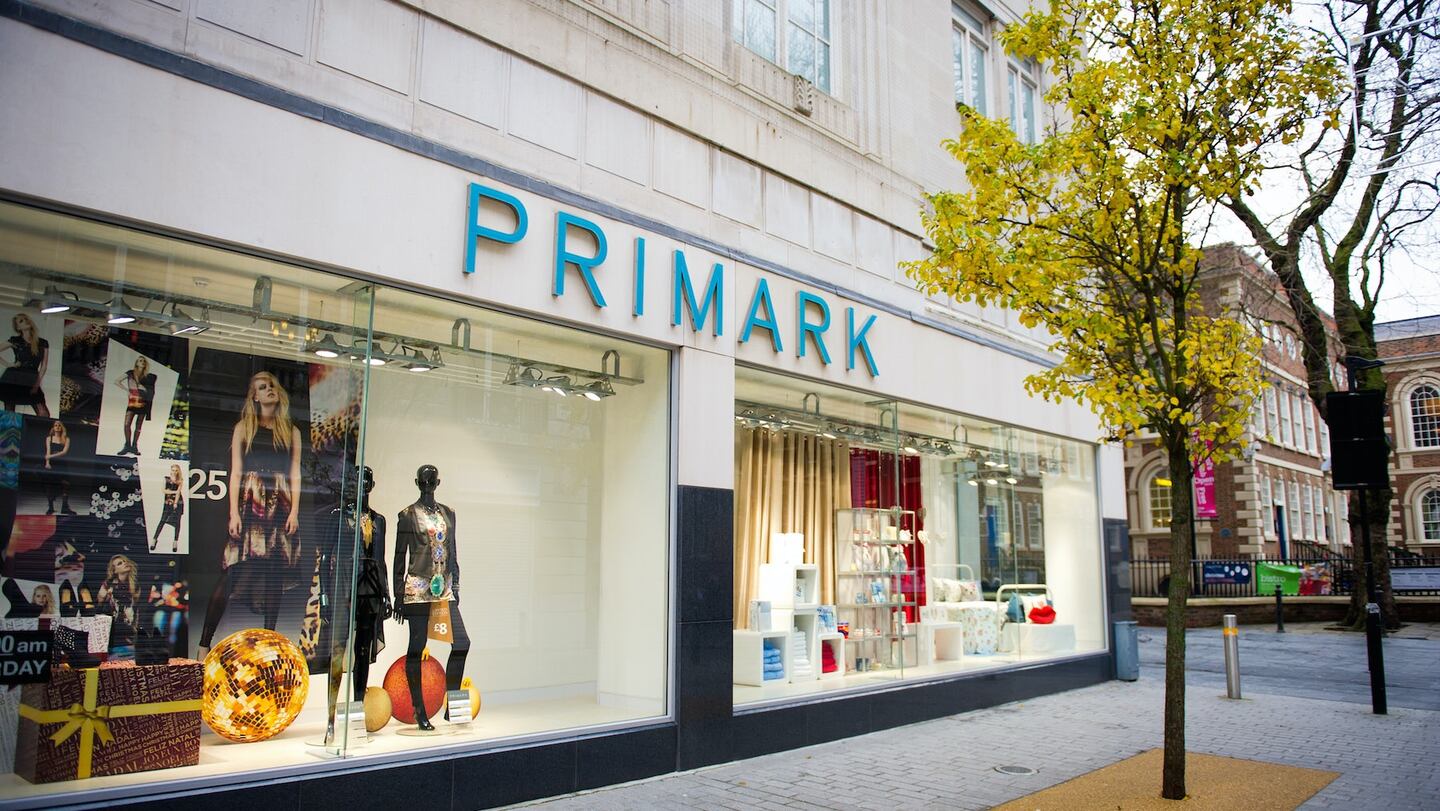
The Business of Fashion
Agenda-setting intelligence, analysis and advice for the global fashion community.

Agenda-setting intelligence, analysis and advice for the global fashion community.

LONDON, United Kingdom — Primark's sales have bounced back more quickly than expected since stores reopened from lockdowns, a boon for a discount fashion retailer hit hard by the coronavirus crisis because of its lack of an online business.
The UK-based chain’s comparable sales are down 12 percent since its stores started to reopen in other markets on May 4, owner Associated British Foods Plc said Thursday. Shoppers lined up outside Primark outlets in Britain when they reopened last month, mitigating the loss of business.
The shares rose as much as 8.4 percent in early London trading. So far this year they’re down 19 percent.
Primark reopened stores faster than expected, with 367 now back in business and only eight still shut, AB Foods finance director John Bason said on a call.
ADVERTISEMENT
“I think that outcome is going to pleasantly surprise some people,” he said. “We are still opening new stores, too. We opened five this quarter and will open another five during the rest of the year, including two in the US.”
AB Foods still expects Primark’s profit to slump by about two-thirds this year because of the shutdowns. The UK conglomerate said the discount chain should generate adjusted operating profit of as much as £350 million ($437 million) in the current fiscal year, compared with £913 million last year.
Because Primark does not sell via e-commerce, it was hit harder hit than rivals by the lockdown, with revenue falling 75 percent in the fiscal third quarter. The chain suffered a cash outflow of £800 million.
The conglomerate said sales at other divisions, including sugar, agriculture, grocery, and food ingredients, were offsetting some of the impact on its fashion business.
By Deirdre Hipwell.
The rental platform saw its stock soar last week after predicting it would hit a key profitability metric this year. A new marketing push and more robust inventory are the key to unlocking elusive growth, CEO Jenn Hyman tells BoF.
Nordstrom, Tod’s and L’Occitane are all pushing for privatisation. Ultimately, their fate will not be determined by whether they are under the scrutiny of public investors.
The company is in talks with potential investors after filing for insolvency in Europe and closing its US stores. Insiders say efforts to restore the brand to its 1980s heyday clashed with its owners’ desire to quickly juice sales in order to attract a buyer.
The humble trainer, once the reserve of football fans, Britpop kids and the odd skateboarder, has become as ubiquitous as battered Converse All Stars in the 00s indie sleaze years.